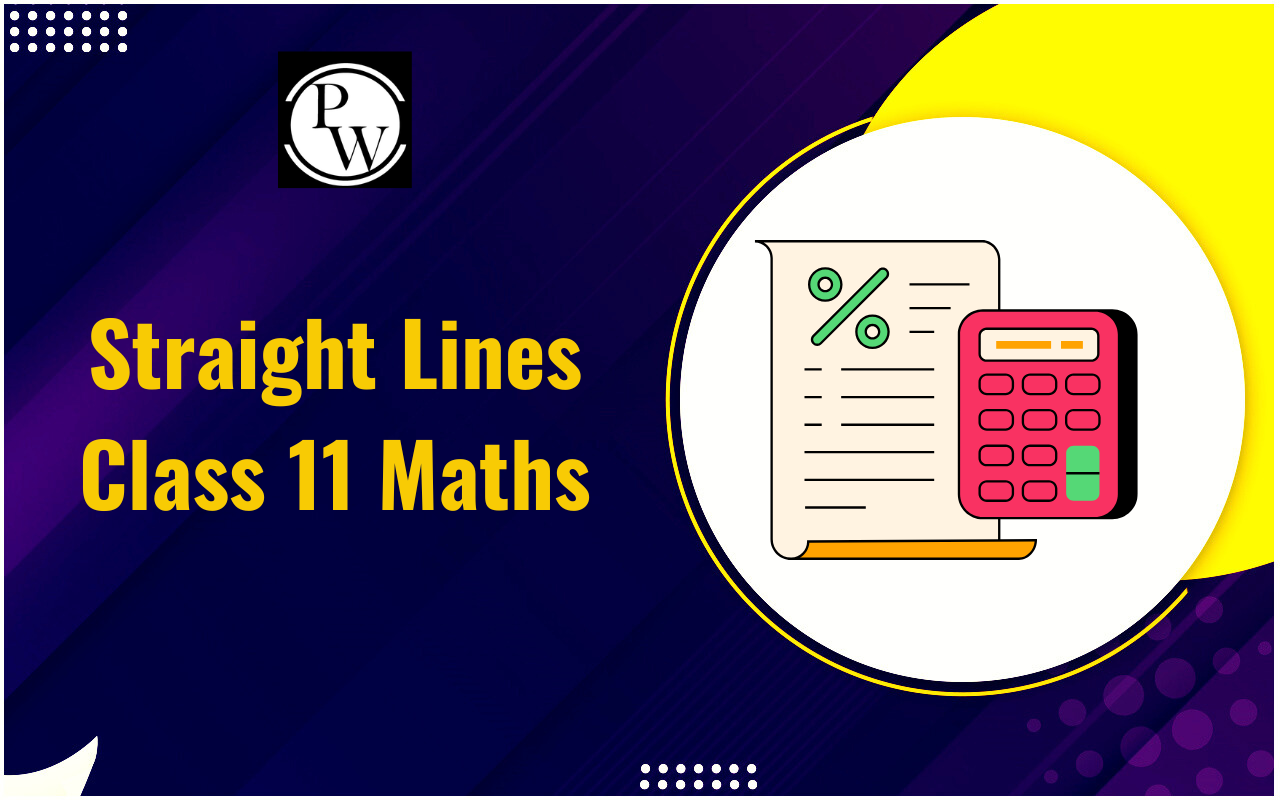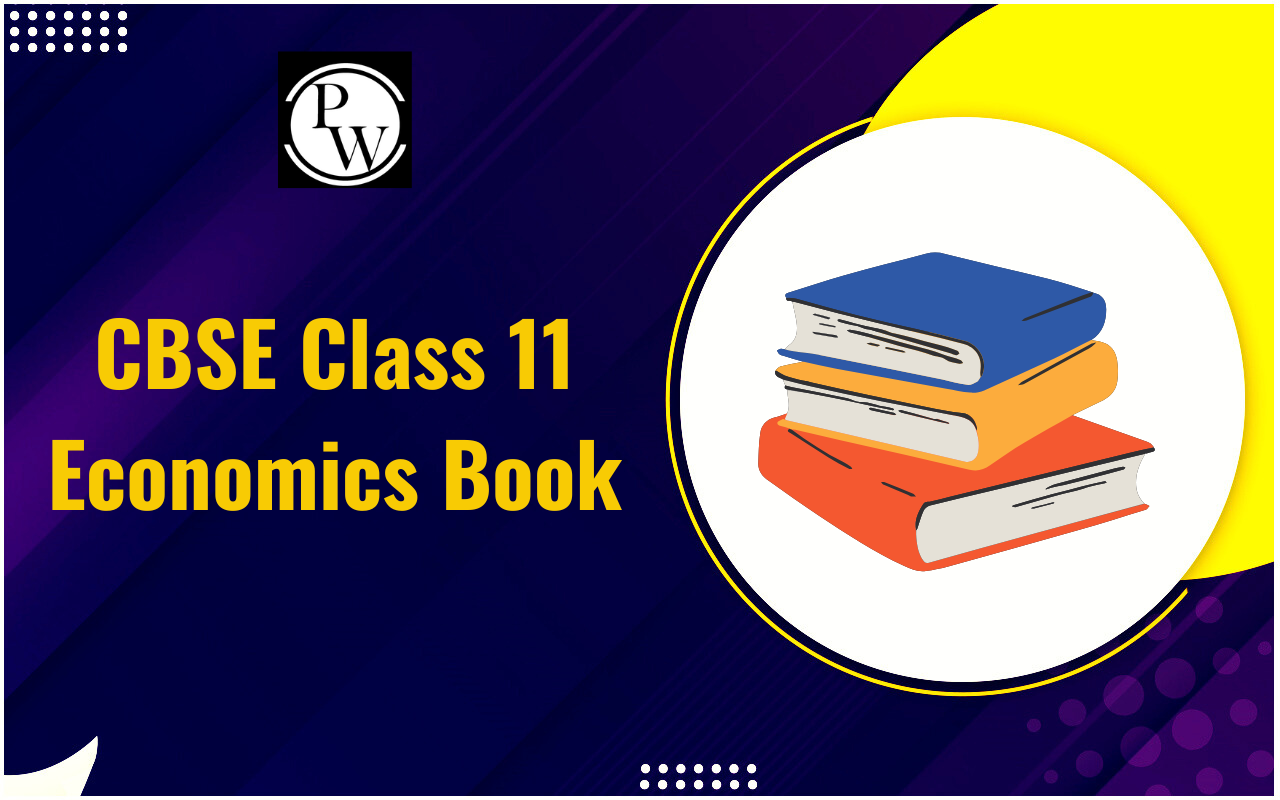
The Trade Payables Turnover Ratio, also known as the Accounts Payable Turnover Ratio, is a key financial metric used to evaluate a company's adeptness in managing its trade payables or accounts payable. These trade payables signify a company's monetary obligations to its suppliers for goods and services procured on credit. This article delves into the intricacies of the Trade Payables Turnover Ratio, elucidating its significance, calculation methodology, and implications for businesses.
What is the Trade Payables Turnover Ratio?
The Trade Payables Turnover Ratio, also known as the Accounts Payable Turnover Ratio or Creditors Turnover Ratio, is a financial indicator that gauges the frequency with which a business clears its debts with creditors or suppliers within a specific accounting duration. A higher ratio signifies that the business promptly settles its obligations to creditors, reflecting a positive rapport with suppliers. This financial metric, the Trade Payable Turnover Ratio, assesses a company's effectiveness in compensating suppliers for goods and services obtained on credit. It is derived by comparing the cost of goods sold to the average accounts payable over a designated period. This ratio aids in evaluating a company's credit management strategies and supplier relationships. A heightened trade payable turnover ratio indicates efficient payable management, with the ratio inherently incapable of being negative.How to Calculate the Trade Payables Turnover Ratio?
The formula for computing the Trade Payables Turnover Ratio, also known as the Accounts Payable Turnover Ratio, is outlined as follows:Accounts Payable Turnover Ratio = Net Credit Purchases / Average Accounts Payable
Net credit purchases are determined by subtracting purchase returns from the total credit purchases made throughout the accounting duration. The Average Accounts Payable is computed by summing the value of accounts payable at the commencement and conclusion of the accounting period, then dividing the sum by 2.| Also Read | |
| How To Calculate Total Variable Cost | How To Calculate Total Variable Cost |
| Incidental Trading Activity | How to Calculate Variable Cost? Formula, Definition, Example |
Limitations of Using the AP Turnover Ratio
Although the Trade Payables Turnover Ratio offers insights into a company's efficiency in managing its payables and relationships with suppliers, it has several limitations:- Lack of Contextual Information : The ratio needs to provide more context regarding the reasons behind changes in payment patterns. Factors such as negotiations with suppliers, changes in business operations, or economic conditions are not accounted for, limiting the ratio interpretation.
- Variation in Payment Terms : Different suppliers may offer varying payment terms, such as discounts for early payment or extended payment periods. Failing to consider these variations can lead to inaccurate assessments of a company's payment efficiency.
- Inability to Capture Supplier Relationships : The ratio does not account for the quality of supplier relationships. A high turnover ratio may indicate prompt payments but does not necessarily reflect positive supplier relationships or favourable terms negotiated with suppliers.
- Exclusion of Non-Credit Transactions : The ratio focuses exclusively on credit purchases, disregarding cash transactions. This omission may skew the analysis, particularly for industries where cash transactions are prevalent.
- Dependence on Accurate Financial Reporting : The ratio's accuracy relies on the reliability of financial reporting. Only accurate or complete data can distort the calculation and mislead stakeholders.
- Limited Comparison Across Industries : Industries may have different norms and practices regarding payment terms and supplier relationships. Due to these disparities, comparing turnover ratios across industries may not yield meaningful insights.
- Potential for Manipulation : Companies may manipulate the ratio by artificially delaying payments to suppliers, giving the impression of favourable payment practices. This can distort the company's true financial health.
Trade Payables Turnover Ratio Examples
Imagine a company named "Bakewell's Delights," a bakery chain known for its delicious pastries. Information :- Annual Credit Purchases (Cost of Goods Sold): ₹5,000,000 (This represents the total cost of ingredients and other supplies purchased on credit throughout the year)
- Purchase Returns: Negligible (Bakewell's Delights maintains good quality control with their suppliers)
- Beginning Accounts Payable: ₹800,000
- Ending Accounts Payable: ₹1,200,000
- Net Credit Purchases : Since there are negligible purchase returns, Net Credit Purchases are the same as the Cost of Goods Sold (COGS) at ₹5,000,000.
- Average Accounts Payable : Average Accounts Payable = (₹800,000 + ₹1,200,000) / 2= ₹1,000,000
- Trade Payables Turnover Ratio : TPT Ratio = Net Credit Purchases / Average Accounts Payable = ₹5,000,000 / ₹1,000,000= 5
- It's helpful to compare Bakewell's Delights' TPT Ratio to industry benchmarks for bakeries. A lower ratio in the industry might suggest that Bakewell's Delights could negotiate extended credit terms with suppliers, potentially improving its cash flow.
- Bakewell's Delights might also need to consider its negotiation power with suppliers and the specific credit terms offered.
- By calculating and analysing the Trade Payables Turnover Ratio, Bakewell's Delights can gain valuable insights into supplier payment practices and identify areas for optimisation in their financial management.
Begin your journey towards academic excellence in Commerce with our comprehensive Class 11 Commerce courses . Master the CBSE syllabus with expert guidance and ace your exams. Enroll now!”
Trade Payables Turnover Ratio FAQs
What is Considered a Good Payables Turnover Ratio?
What does a high Trade Payables Turnover Ratio indicate?










